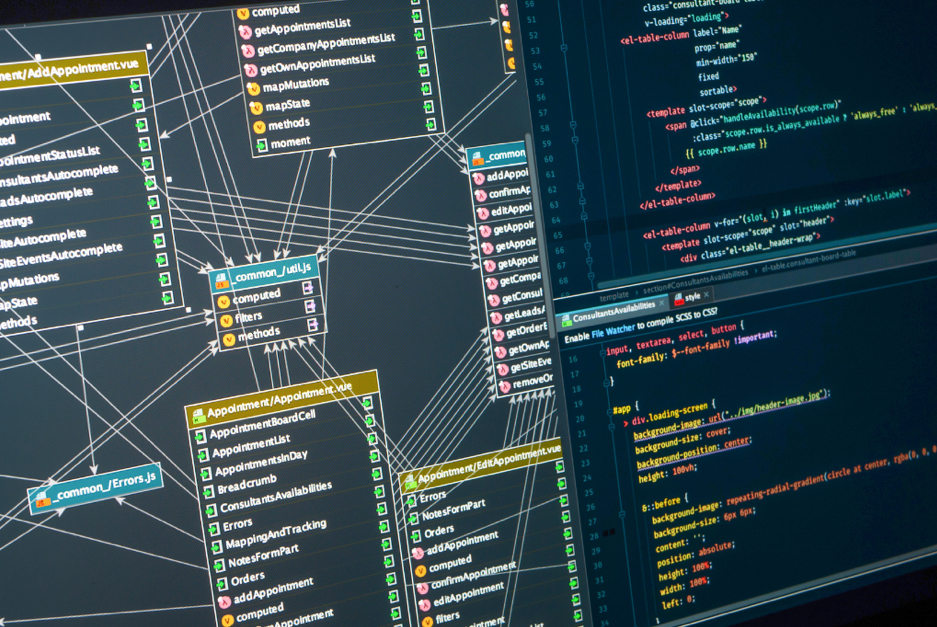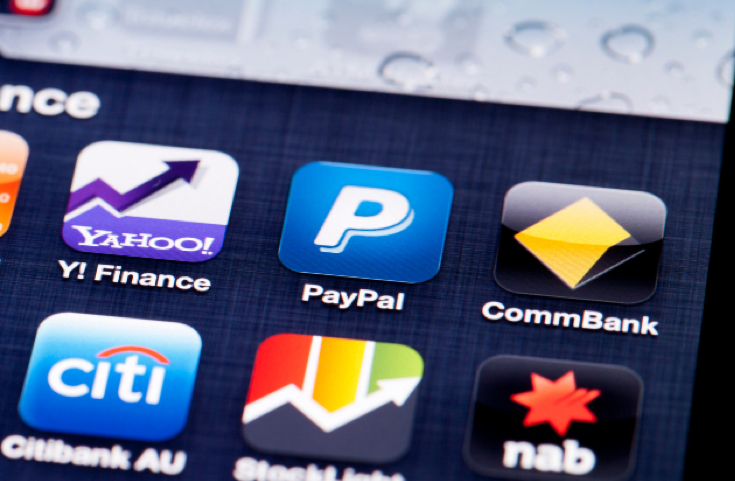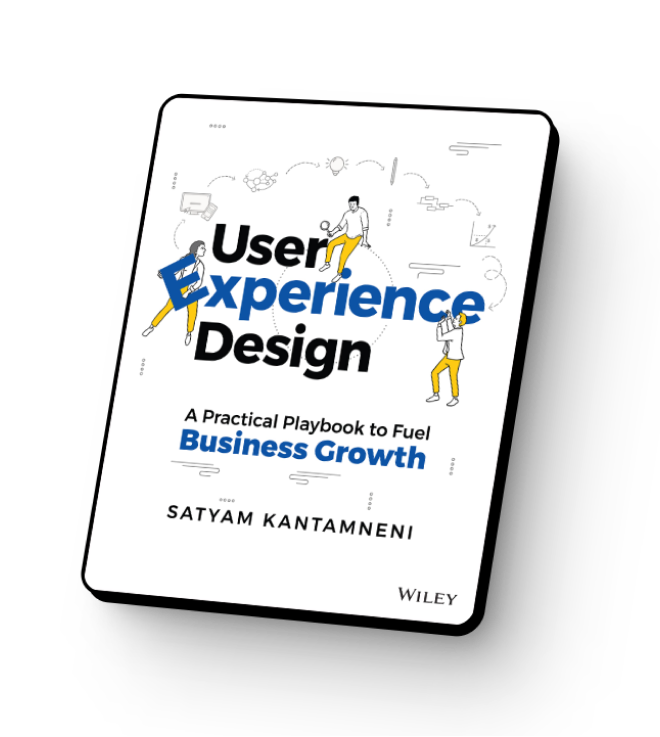Imagine five years down the road, when your company is so successful and your customers can’t stop talking about you.
Your competitors have given up as your customers are unwilling to switch. Users love your product and look forward to seeing what’s next.
Your company is established as the market leader and you are on track to double or triple revenue. You feel confident about getting there and have a great team to execute your vision.
Before you get there, here are a few questions to assess your readiness:
- Do you know what your users want?
- What are your users’ pains, fears, wants, and unmet needs?
- Do you know how your product can make them feel successful and delightful?
- Is your company organized in a way to gather continuous feedback from users, understand trends, and execute them while staying in alignment with your vision?
If you say no or are unsure to some of these questions, you are not alone.
We have worked with many customers who have been in the same boat. We have seen many companies with great vision and ideas fail to build a product their users would love to use.
This article is meant to give product leaders like you the tools you need to future-proof your product.
First, let’s understand why many enterprise companies work so hard to deliver features that may lead to lackluster results.
Understand what they need, not what they say they need
Working with many large enterprise companies, we’ve seen a common theme: Marching an army of people to build a product based on requirements a Product Manager has put together.
Usually, these requirements are based on what they can build or on an engineering diagram on how to design something that will work.

But, the Product Managers may not fully understand “why” they need this product in the first place and how it aligns with the company’s overall strategy.
Why do many products fail?
Here’s an unfortunate example: Company A identified their Supplier Risk Management product was not selling well, and they had many customer complaints about the experience and usability of the product.
The sales team also was having difficulty getting new customers and retaining existing ones. The Chief Product Officer (CPO) decided to focus on this product and put together a team to build a new Supplier Risk Management experience to replace the old one.
The sales team identified a customer (let’s call it ABC.Inc) who was willing to buy it once it was ready. The sales team promised everything ABC.Inc asked for in the product and made them a high-priority customer.
They built the new experience around the customer’s requirements. The goal was to design it for ABC.Inc as they had already paid for it, then sell it to more customers.
Fast forward to the product release, the new product was prominently featured in the company’s annual event with customers. However, they were not able to sign up a single new customer.
This was supposed to be their flagship product, built by an experienced team. So, why did no one buy this product?
The answer is: They lost the opportunity to build something people today and in the future will love to use.
They didn’t do their user research to understand how different companies manage supplier risk. They didn’t spend time researching and identifying personas, learning how they get their job done, and interact with each other.
They jumped into designing the product too prematurely, assuming they understood the problem based on one customer use case.
Moreover, they primarily focused on the user interface, not the user experience. This product became a complete failure, and they had to decommission it.

“If I would have asked people what they wanted, they would have said faster horses”.
– Henry Ford
We all know this, but we do not internalize how to avoid falling into this trap with our products.
Product teams often fall back on asking customers what they need and listing what they say they need as their product requirements. The problem is they can only tell what they need from the immediate challenges they might face using the existing product.
So, fixing these challenges will only make incremental changes and may not solve a deeper underlying problem.
Here are the main takeaways from this example
- Avoid building the product based on one customer’s needs. Instead, build experiences for the entire ecosystem by understanding all the personas and entities associated with the ecosystem.
- Find hidden innovation opportunities by uncovering underlying user needs through user research
- Don’t focus too much on fulfilling immediate customer requests because it’ll only lead to incremental product improvements.
Now that we understand the problem, here are five things you can do to future-proof your product.
1. Analyze shifts in consumer trends (vs. taking feature requests)
PayPal was a market leader in person-to-person and online payments for merchants. However, as the company grew, PayPal fell back to the same problem – making incremental changes in its offerings by focusing on the needs of large customers such as eBay. And doing so ultimately stifled them from innovation.
For instance, PayPal never analyzed consumer behavior and market trends for millennials.
If they did, they would have discovered that millennials were looking for a more seamless and integrated way to make payments.
As a result, their direct competitors such as Square, ApplePay, and indirect competitors such as POS players completely took over the payments domain for millennials and took a massive chunk of their user base.
2. Observe user behaviors
Stay close to your users and learn from their behaviors. Identify the sequence they go through to get their job done, observe where they work, how they work, and the tools they use. Identify their pains, fears, frustration, and motivations. This is the best way to develop an industry-leading product beloved by your users.
As a Design Lead at Intuit, I led a diverse and multidisciplinary team, and together, we studied how Small Business owners managed their money.
We went to offices, grocery stores, daycare centers, and small factories and observed them as they made vendor payments, payroll, and wire transfers. Doing so not only helped us develop deep empathy for our users, but more importantly, it helped us avoid the costly mistake of designing a product that users wouldn’t use.
We realized we had been designing the product with the wrong set of assumptions. We learned that:
- Insight: They do not want to mix personal and business payments (Realization: this invalidated our assumption that they would want to mix two payment types).
- Money is always tight, so they need clear cash flow visibility (we didn’t think about it when we started this project).
- Maintaining relationships with vendors is key to their success so they don’t treat paying money to utility companies the same way as paying a vendor (this insight helped us innovate on effective ways to maintain relationships between vendors and small business owners).
- They are always busy so they must delegate some accounting responsibilities to others while maintaining complete control over the transaction (A net new feature came from these findings on how to delegate, collaborate and still keep control of the payments and activities).
These findings completely transformed our product direction. Observing user behavior gave us critical insights that helped us build a product that not only met the customers’ expectations but also exceeded them in many ways.
Studying user behavior also led us to develop innovative solutions that were industry leading, not to mention, a very successful product beloved by Small Business owners.
3. Build everything for the complete ecosystem
Apple didn’t just build an iPhone as a device; they mapped and designed an entire ecosystem around the iPhone.
Apple was not the first company to release a smartphone. Microsoft, HP, and Palm had hand-held devices before Apple. However, they all failed because they never understood the ecosystem.
Apple realized it was not a device where they could make most of their money. They can exponentially grow their revenue by creating an ecosystem of seamlessly connected devices, users, developers, systems, and platforms.
This way, they control the entire experience from when someone visits their website, to buying a device, to downloading an app.
An automotive dealer system and one of our clients, Tekion, also saw the power of building ecosystems. Working together, we identified all the systems and technologies and designed a seamless ecosystem experience – from before stepping into a dealership all the way to completing a dealership visit.
4. Change quickly and often
Markets move quickly; things change overnight. So it’s key to adopt an experimentation mindset.
Amazon runs thousands of experiments daily, and users don’t even notice them. They do it to learn users’ behavior and make quick but subtle product changes based on their learnings.
Making ongoing changes while building a product will help you stay ahead of the competition.
Contrasting Amazon’s rapid experimentation approach with eBay. As a designer at eBay, I witnessed how making a change or introducing a new feature would take years. This, along with other reasons, likely led to why eBay trails behind Amazon by miles.
5. Create a feedback loop between your product and users
One way to keep your product relevant and meaningful is by creating a constant feedback loop between users and the product team.
As a product designer at PayPal, I observed a high call volume on password recovery. The product teams had delivered many fixes to resolve the issue, but it was tough to decrease the call volume because the company was also growing at 33% year over year.

The call volume went so high that the wait time went up to over one hour. PayPal was losing millions in revenue because users could not complete their transactions.
They assigned this problem to my team, and we went straight to the root cause of the problem by reviewing and analyzing user feedback and call volume data. It turns out, the password recovery experience was not meeting users’ mental model and was not guiding them seamlessly in recovering their account.
We subsequently developed a quick solution by streamlining the flow for account recovery that reduced call volume by 50% while increasing password recovery by 15% and user ID recovery by 85%.
This project became a low-budget yet highly successful example at PayPal that demonstrates the value of having a feedback loop between the product and user.
To summarize: Remember to understand what your users need, not what they say they need and seek to create experiences your users wouldn’t dream of giving up.
Here are the five things you need to start doing now to ensure the success of your product and stay ahead of your competitors.
- Analyze changes in consumer trends (vs. feature requests)
- Observe user behaviors
- Build everything for the complete ecosystem
- Change quickly and often.
- Create a feedback loop between your product and users
If you do these well, you will be well on your way to a product that is future-proof. Learn more about how we can help you future-proof your product.


